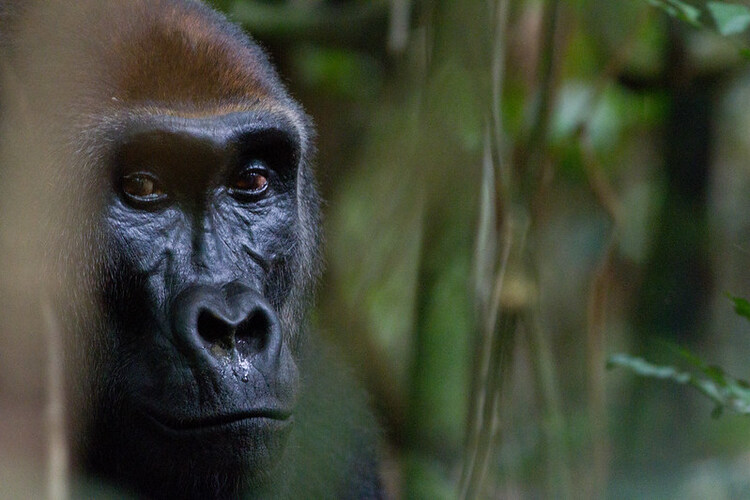
Study reveals notably higher populations of large mammals in tropical African forests with FSC certification
By
Tropical forests are the lungs of our planet. They play a pivotal part in controlling the world’s climate, reducing the carbon dioxide in the air, providing us with many natural resources, including many medicines, and are home to thousands of species of animals. To put it bluntly, if there were no tropical forests, the planet wouldn’t be much of a planet.
There are any number of organisations and projects out there working to safeguard our tropical forests, but do you ever wonder how much good these really do? The answer appears to be quite a lot of good! A recent study looked at the population of larger animals in African rainforests with and without Forest Stewardship Council (FSC) certification and discovered that the forests with such certification contained a significantly higher population of large and endangered creatures.
By using 1.3 million camera-trap photos of 55 mammal species in 14 logging concessions to survey wildlife populations of forests in the Republic of Congo and Gabon the team, which was led by Utrecht University with support from WWF and the Wildlife Conservation Society (WCS), discovered that FSC-certified forest concessions contained a notably larger population of large mammals – 2.7 times more for mammals over 100 kg, such as gorillas and forest elephants, and 2.5 times more for mammals between 30–100 kg, such as leopards and chimpanzees, when compared to non-FSC-certified forest concessions. This was the case in both the Congo and Gabon.
When it came to smaller animals, the difference between FSC-certified forests and non-certified forests was much less notable. In fact, non-FSC concessions contained proportionally more rodents and other small species than did FSC-certified concessions.
Wildlife populations in the tropical forests of west-central Africa are most impacted by general habitat loss through deforestation and the construction of roads and also from hunting. There are two types of hunting in most of west-central Africa’s tropical forests. The first is low-scale traditional hunting conducted by indigenous groups. The second, and far more damaging, is the industrial scale hunting for the region’s huge bush meat trade conducted by heavily armed, organised gangs.
The study revealed that in FSC-certified forest concessions a notably lower number of hunting signs were discovered and an increased number of wildlife observations. The study authors suggest that blocking old logging roads, establishing checkpoints, and supporting alternative protein sources for local populations, have all helped to significantly curb illegal hunting in FSC-certified areas.

WCS research scientist and study co-author Fiona Maisels, a WCS research scientist and co-author of the report, said of the study: ‘Tropical ecologists have known for some time that FSC certification is helpful for maintaining large-bodied mammal populations, based on studies that compare a single protected area to adjacent concessions. However, this is the first time that a set of paired FSC and non-FSC management concessions have been included in a carefully designed study over an enormous geographical area. The results are crystal clear: large animals of conservation concern (such as forest elephants and the great apes) are unquestionably far better off in FSC-certified forests.’
The conclusion of the study is that the first priority for species protection should be to maintain unlogged forests with effective law enforcement, but for forests already undergoing logging, the suggestion is that FSC-certified forest management is less damaging to the mammal community than is non-FSC forest management. The authors recommend that FSC-certified forest management or equivalent stringent requirements and controlling mechanisms should become the norm for timber extraction to avoid half-empty forests dominated by rodents and other small species.
Related articles:




